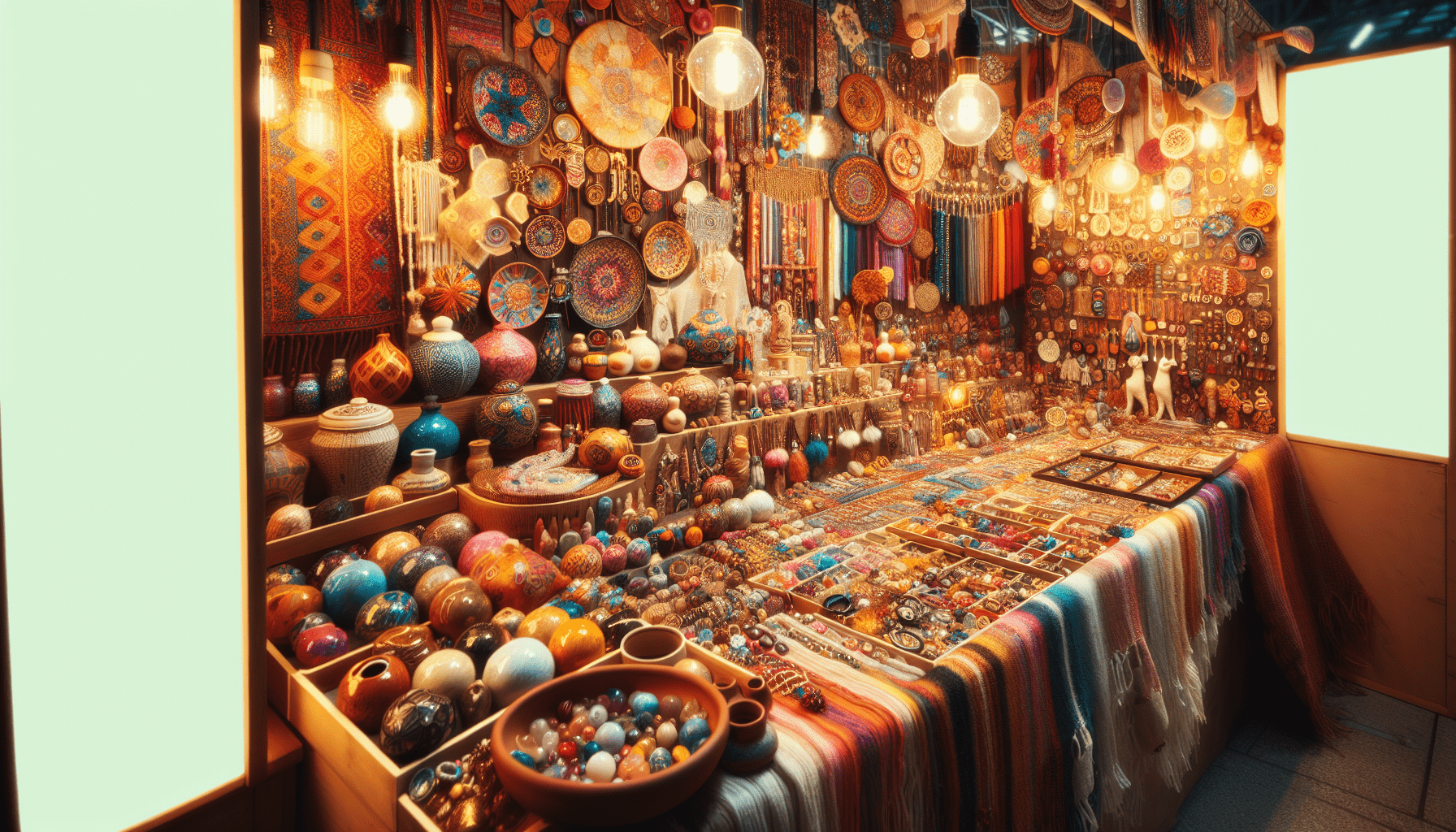Welcome to the exciting world of art exhibitions! Have you ever heard the term “juried exhibitor” and wondered what it means? A juried exhibitor is an artist who presents their work for consideration to be included in a gallery or art show by a panel of judges. This selection process ensures that only the highest quality and most unique pieces are showcased, giving artists a chance to gain exposure and recognition for their talents. Let’s explore the ins and outs of being a juried exhibitor and what it entails for aspiring artists like yourself.
What Is A Juried Exhibitor?
Have you ever attended an art show or craft fair and wondered why some exhibitors are labeled as “juried”? What does it mean to be a juried exhibitor, and how does one become one? In this article, we will explore the concept of juried exhibitions, what it means to be a juried exhibitor, and how you can become one yourself.
Understanding Juried Exhibitions
Let’s start by defining what a juried exhibition actually is. In simple terms, a juried exhibition is a show or event where artists and craftspeople submit their work for consideration, and a panel of judges or jurors selects which pieces will be included in the exhibition.
What Happens During the Jurying Process?
During the jurying process, each submitted piece is carefully evaluated based on criteria such as artistic merit, creativity, craftsmanship, and overall quality. The jurors may also take into account factors such as originality, technique, and how well the piece fits within the theme of the exhibition.
Being selected as a juried exhibitor means that your work has been deemed to meet the high standards set by the jurors, and has been chosen for display at the exhibition.
Benefits of Being a Juried Exhibitor
So, why would an artist or craftsperson want to participate in a juried exhibition? What are the benefits of being a juried exhibitor?
Increased Exposure and Credibility
One of the key benefits of being a juried exhibitor is the increased exposure and credibility that comes with it. By having your work selected for a juried exhibition, you are not only showcasing your talent to a wider audience, but you are also gaining recognition from industry professionals and potential buyers.
Networking Opportunities
Another benefit of participating in juried exhibitions is the opportunity to network with other artists, collectors, and gallery owners. These events provide a platform for artists to connect with others in the industry, potentially leading to collaborations, partnerships, and future opportunities.
Validation of Skills and Talent
Being chosen as a juried exhibitor can also serve as validation of your skills and talent as an artist or craftsperson. It can boost your confidence and motivation, and provide affirmation that your work is deserving of recognition.
How to Become a Juried Exhibitor
Now that you understand what a juried exhibitor is and the benefits of being one, you may be wondering how you can become a juried exhibitor yourself. Here are some steps you can take to increase your chances of being selected for a juried exhibition.
1. Create a Strong Body of Work
The first step to becoming a juried exhibitor is to develop a strong body of work that showcases your skills, creativity, and unique artistic voice. Spend time honing your craft, experimenting with different techniques, and exploring new ideas to create a cohesive and compelling portfolio.
2. Research Juried Opportunities
Once you have a strong body of work ready, it’s time to start researching juried exhibition opportunities. Look for shows and events that align with your artistic style and medium, and carefully review the submission guidelines and requirements for each opportunity.
3. Prepare Your Submission Materials
When preparing your submission materials, make sure to follow the guidelines provided by the exhibition organizers. This may include details such as the number of pieces you can submit, the format for images or samples of your work, and any artist statements or descriptions required.
4. Submit Your Work
After carefully reviewing and preparing your submission materials, it’s time to submit your work for consideration. Pay close attention to deadlines and submission fees, and make sure to provide all the necessary information requested by the exhibition organizers.
5. Be Patient and Persistent
After submitting your work, the waiting game begins. Remember that the jurying process can take time, and it’s important to be patient while awaiting the results. If your work is not selected for a particular exhibition, don’t be discouraged. Keep honing your skills, exploring new opportunities, and submitting your work for consideration.
Conclusion
Being a juried exhibitor is a prestigious honor that can bring increased exposure, credibility, and validation to artists and craftspeople. By understanding what a juried exhibition is, the benefits of being a juried exhibitor, and how to become one yourself, you can take steps to elevate your artistic career and showcase your talent to a wider audience. So, why not start exploring juried exhibition opportunities today and see where your artistry can take you?



